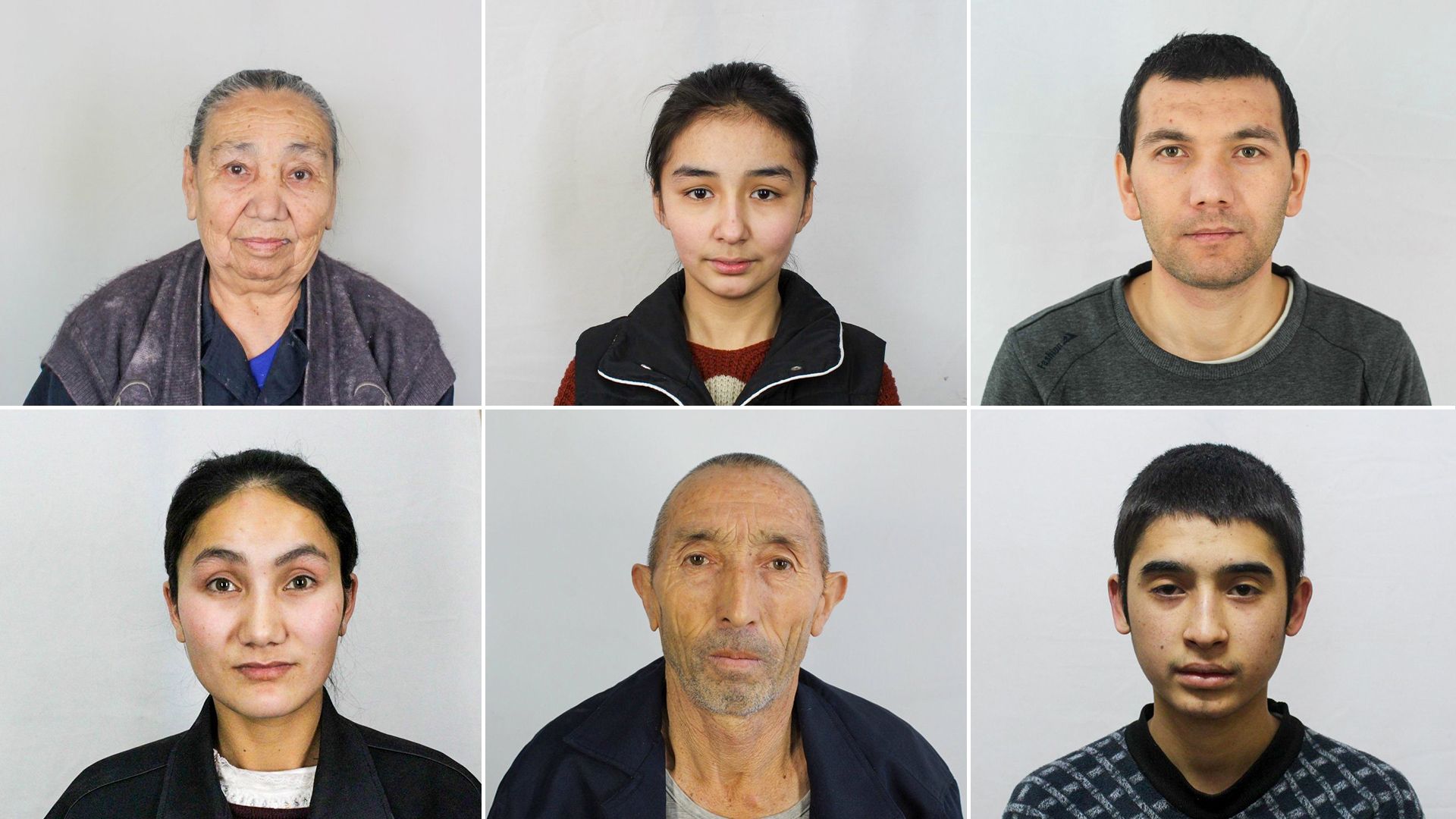A massive new set of data, documents and photographs reveal the inner workings of prisons and mass internment camps in Xinjiang, where the Chinese government has detained Uyghurs and other ethnic groups, a consortium of media outlets reported yesterday.
Why it matters: The trove of data, known as the Xinjiang Police Files, provides overwhelming evidence that tens of thousands of Uyghurs have been detained in maximum security facilities — contradicting Chinese government claims that the centers provide voluntary vocational training.
- The files contains speeches by security officials directly implicating Chinese President Xi Jinping in the creation of mass internment policies, as well as thousands of photographs of detainees, tens of thousands of detainee records, and images of security drills inside camps. The files offer the most extensive look to date of what conditions in the camps are really like.
- The detainee records show that many were put in camps and prisons simply for normal acts of cultural and religious expression, such as listening to a lecture, reading religious material, praying five times a day, or even not using their cell phone enough, which authorities viewed as an attempt to circumvent surveillance.
Details: The materials were obtained by an anonymous source who said they had hacked into police networks in Xinjiang, the BBC reports.
- The source provided the files to Adrian Zenz, a researcher at Victims of Communism Memorial Foundation, who helped organize a consortium of 14 media outlets to work together on the materials and publish simultaneously.
What they're saying: “We have confidential documents. We have speech transcripts where leaders freely talk about what they really think. We have spreadsheets. We have images. It's completely unprecedented and it blows apart the Chinese propaganda veneer," Zenz told the BBC.

Journalists identified 2,884 photographs of detainees. The youngest was 15 years old, a girl named Rahile Omer; the oldest was 73. The Xinjiang Police Files also include:
- More than 300,000 personal records
- More than 23,000 detainee records
- PowerPoint presentations and reports on how to maintain security, including a "shoot-to-kill" order for prisoners attempting to escape.
- The photographs and records are likely to be part of an effort to track the region's population through digital, video and biometric surveillance.
Background: The U.S. and several other countries have said the Chinese government's campaign of repression against Uyghurs and other ethnic minorities in Xinjiang constitutes genocide.
- The U.S. and the European Union have levied sanctions on top Chinese officials deemed responsible for the repressive policies there.
- The Chinese government has called reporting about its Xinjiang policies "disinformation," and has levied retaliatory sanctions on researchers and lawmakers in the U.S. and EU.
What to watch: The UN high commissioner for human rights, Michelle Bachelet, is in China on a trip slated to include Xinjiang, though Chinese authorities have said the visit will be tightly restricted due to COVID precautions.
- It is the first visit of a top UN human rights official to China since 2005.
- Her office said in December it would imminently release a report on human rights in Xinjiang, but this has yet to occur.
Go deeper: Exclusive: Former Xinjiang prisoner arrives in U.S. as key witness to abuses (Axios).







